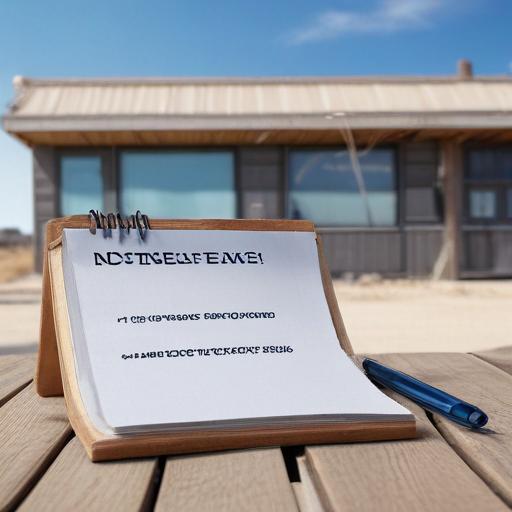SBA Updates: Disaster loans, resilience funding, and proactive planning for small businesses and households
On the latest SBA Update, leaders from the U.S. Small Business Administration explained how the agency supports small businesses, homeowners, and renters in disaster recovery, emphasizing the crucial role of preparation, funding, and long-term community resilience.
Tyler Teresa, Southeast Regional Administrator, and Chris Stallings, Associate Administrator for the Office of Disaster Recovery and Resilience, outlined the SBA’s disaster programs that provide both immediate relief and enduring recovery for communities affected by natural and man-made events. “When disaster strikes… we want to bring solutions,” Stallings said, highlighting the agency’s commitment to practical help when it’s needed most.
Key loan programs offer long-term disaster financing directly through the SBA. Businesses can access loans up to $2 million, homeowners up to $500,000, and renters up to $100,000. These loans can be repaid over as long as 30 years, with the option of up to 20% additional funding earmarked for mitigation measures such as storm-proofing homes and commercial properties. By acting as the lender itself, the SBA aims to streamline access to funds, reducing the need for banks to serve as intermediaries.
Partnerships with FEMA are central to the SBA’s disaster response. FEMA handles short-term relief and federal emergency management, while the SBA provides longer-term financing and recovery support. The SBA also operates in some areas without a presidential disaster declaration, expanding its reach when communities face serious impact. In the past year, the SBA processed 428 disaster declarations; to date, 393 declarations have been managed, underscoring its ongoing role in disaster response.
Preparation is a recurrent theme among SBA leaders. Teresa urged “blue sky” planning—encouraging business owners to back up documents in the cloud, maintain comprehensive insurance and financial records, and form partnerships with other businesses for temporary space or equipment if operations are disrupted. She also noted that establishing SBA-backed lines of credit before a disaster can provide immediate funding when it’s most needed. Stallings added that “the question, what now, is much easier to answer when you’ve got time to think than when you have to think.”
Beyond crisis recovery, the SBA’s mission includes fostering small business growth and entrepreneurship. The agency’s loan programs are designed to improve access to capital with reasonable interest rates and extended terms. Teresa highlighted the role of Small Business Development Centers (SBDCs), which offer business consulting and planning assistance to help entrepreneurs secure funding and launch new ventures successfully.
“We want every small business owner to know they are not alone. It takes a team to be successful, so the SBA should be a part of everyone’s team,” Teresa said, reinforcing the message that preparation and support are built into a broader ecosystem of resources. Stallings echoed the optimism, encouraging early planning and the use of “blue sky” days to lay the groundwork for swift recovery when disaster strikes.
Want to learn more about SBA programs, loans, and disaster preparedness resources? The agency’s information and guidance are designed to help communities plan ahead and access financing when needed.
Helpful takeaways for readers
– SBA disaster loans provide substantial funding directly and feature long repayment terms to support recovery.
– Mitigation funding can supplement loans to bolster resilience against future events.
– The SBA coordinates with FEMA but can extend relief even where presidential declarations are not in place.
– Proactive planning—document backups, insured and organized finances, and pre-approved lines of credit—can speed up recovery.
– Beyond disaster relief, SBA resources and networks (like SBDCs) support ongoing growth and entrepreneurship.
Additional context and value
– The collaboration between the SBA and FEMA reflects a comprehensive approach to disaster resilience, blending immediate relief with long-term rebuilding and risk reduction.
– Small businesses can benefit from factoring in disaster preparedness into their business plans, including establishing contingency facilities and secure online documentation.
Summary
The episode reinforces that strong disaster recovery hinges on preparedness, accessible funding, and a coordinated federal response. By equipping small businesses, homeowners, and renters with clear pathways to financing and resilience, the SBA aims to shorten recovery times and strengthen communities for the long haul. More information on SBA programs, loans, and disaster preparedness resources is available through the agency.
